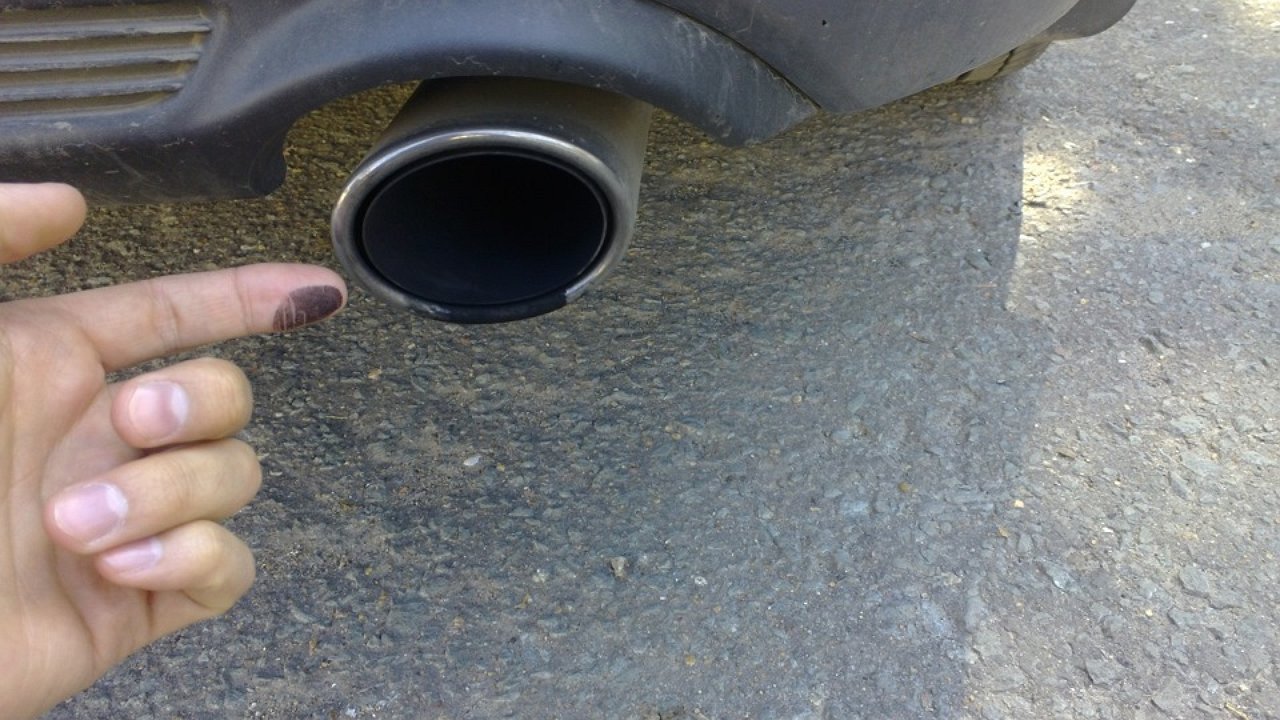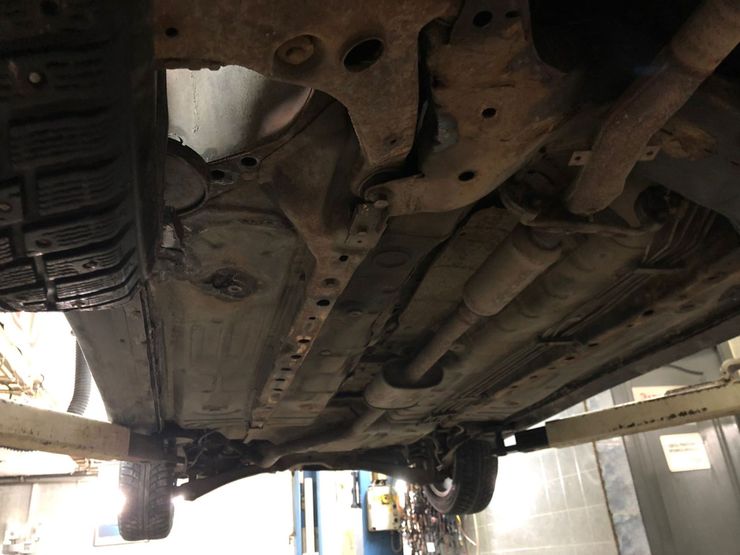What malfunctions can tell soot in the exhaust pipe
- April 25, 2023
- 0
Usually, attention is only paid to the exhaust pipe when black or gray smoke begins to fall from there. This is already extreme and it is absolutely clear
Usually, attention is only paid to the exhaust pipe when black or gray smoke begins to fall from there. This is already extreme and it is absolutely clear

When the engine is running, there is a minimal amount of plaque in the line. But if there is a lot of black slug, it should warn. Usually other symptoms appear, such as, for example, “shoots” from the muffler or excessive smoke. And it can also be difficult to start the engine and increased fuel consumption. There are actually two reasons for “blackness”: engine oil or unburned fuel entering the exhaust system. They form deposits. However, the most common is a combination of both.
If you suddenly notice that carbon deposits appear abruptly and strange noises come from the exhaust, then there is a problem with the power system. The “body” gasoline may be to blame. Then it is sufficient to refuel at a proven gas station and pour a cleaning additive into the tank so that the complaints disappear. This saves you the expense of diagnosing and replacing spark plugs. Here we recall that on many machines where the motor is located longitudinally or oppositely, simple replacement of consumables is very expensive.
If you find heavy soot on a used car you are about to buy, it may have a valve timing malfunction. Or problems with the coupling of the phase controller. Repair of these defects is also expensive, so it is better to refuse the purchase.
There may also be various “glitches” of the electronic engine control unit. Due to incorrect commands from the “brain”, the fuel mixture turns out to be too rich, as a result of which gasoline does not burn out completely.
Now – about engine oil. It can enter the exhaust pipe due to severe wear or the occurrence of piston rings. The lubricant simply settles on the walls of the cylinders, penetrates the combustion chamber and from there is thrown into the intake pipe, where it forms oily black soot. This is where decoking can help. However, this procedure is not always helpful. Therefore, a visual inspection of the exhaust is only the most basic method of diagnosis. Next — open the hood and start looking in more detail for the cause of the problem.

When the engine is running, there is a minimal amount of plaque in the line. But if there is a lot of black slug, it should warn. Usually other symptoms appear, such as, for example, “shoots” from the muffler or excessive smoke. And it can also be difficult to start the engine and increased fuel consumption. There are actually two reasons for “blackness”: engine oil or unburned fuel entering the exhaust system. They form deposits. However, the most common is a combination of both.
If you suddenly notice that carbon deposits appear abruptly and strange noises come from the exhaust, then there is a problem with the power system. The “body” gasoline may be to blame. Then it is sufficient to refuel at a proven gas station and pour a cleaning additive into the tank so that the complaints disappear. This saves you the expense of diagnosing and replacing spark plugs. Here we recall that on many machines where the motor is located longitudinally or oppositely, simple replacement of consumables is very expensive.
If you find heavy soot on a used car you are about to buy, it may have a valve timing malfunction. Or problems with the coupling of the phase controller. Repair of these defects is also expensive, so it is better to refuse the purchase.
There may also be various “glitches” of the electronic engine control unit. Due to incorrect commands from the “brain”, the fuel mixture turns out to be too rich, as a result of which gasoline does not burn out completely.
Now – about motor oil. It can enter the exhaust pipe due to severe wear or the occurrence of piston rings. The lubricant simply settles on the walls of the cylinders, penetrates the combustion chamber and from there is thrown into the intake pipe, where it forms oily black soot. This is where decoking can help. However, this procedure is not always helpful. Therefore, a visual inspection of the exhaust is only the most basic method of diagnosis. Next — open the hood and start looking in more detail for the cause of the problem.
Source: Avto Vzglyad
Donald Salinas is an experienced automobile journalist and writer for Div Bracket. He brings his readers the latest news and developments from the world of automobiles, offering a unique and knowledgeable perspective on the latest trends and innovations in the automotive industry.